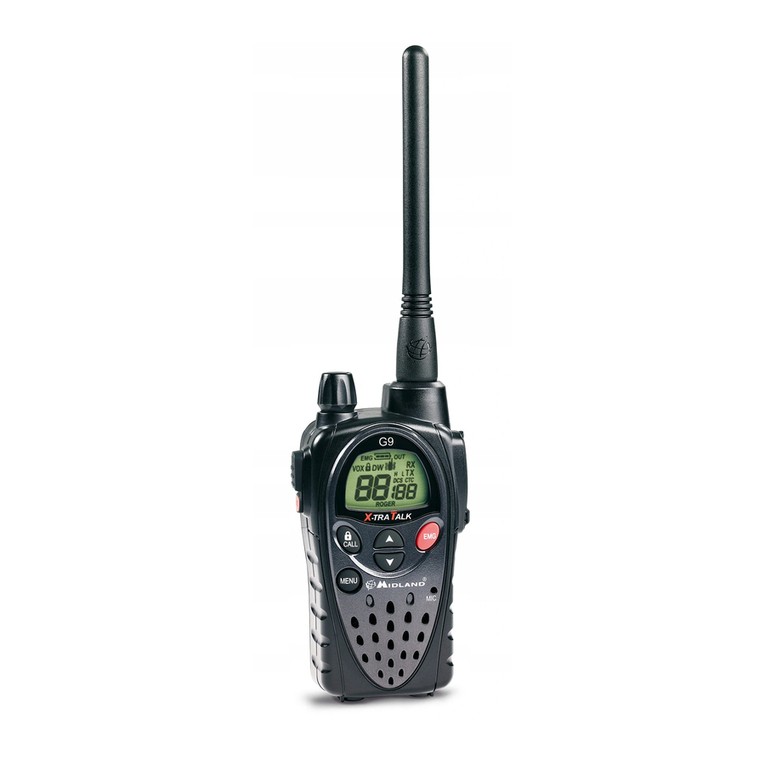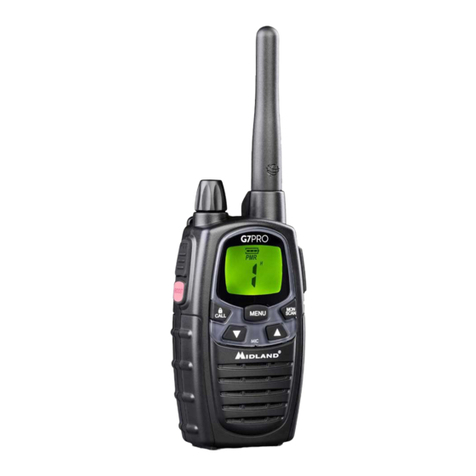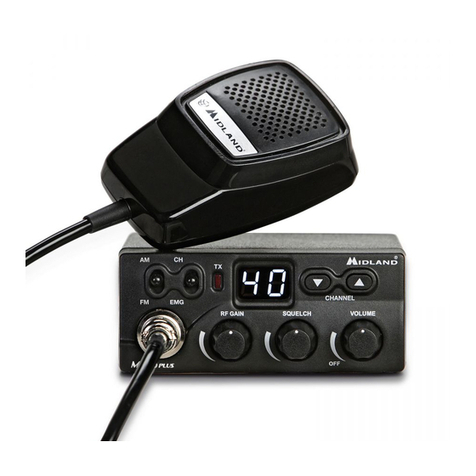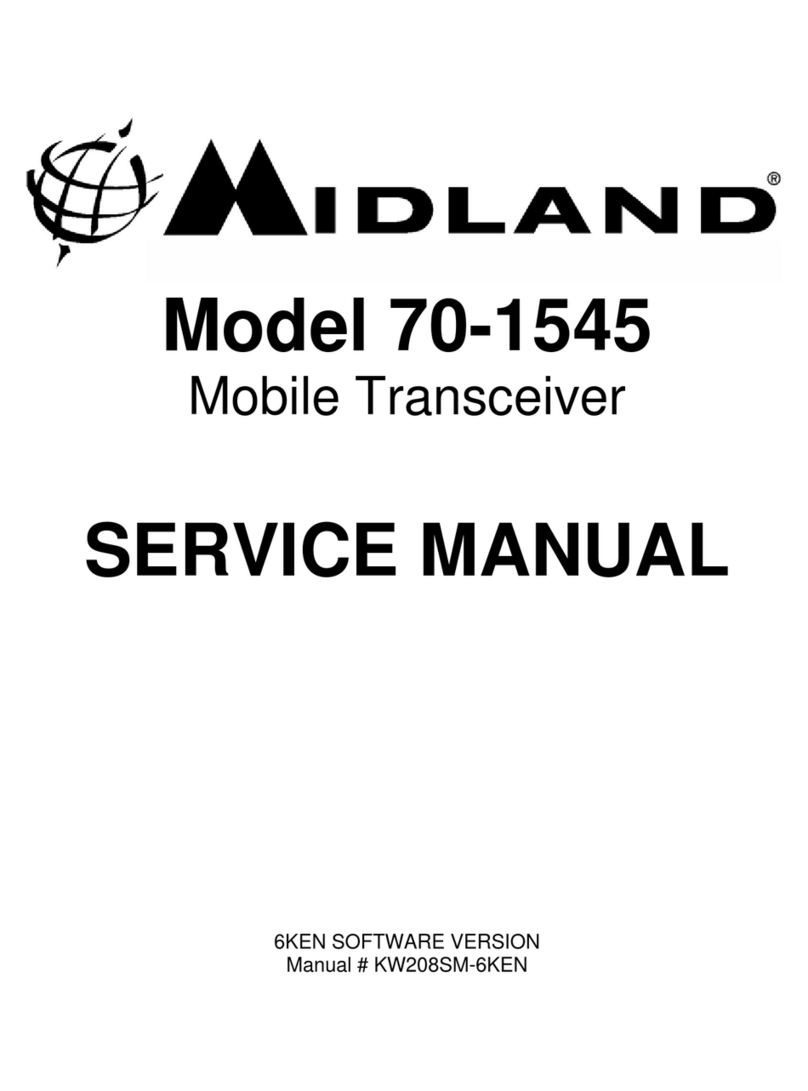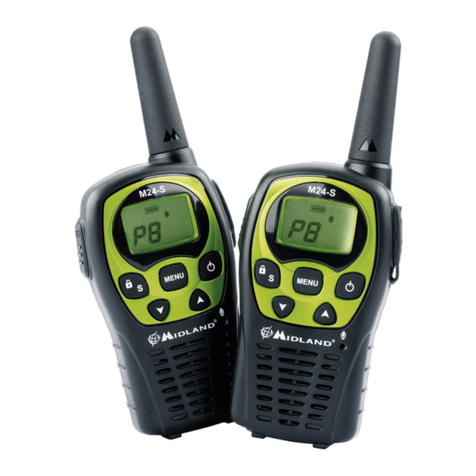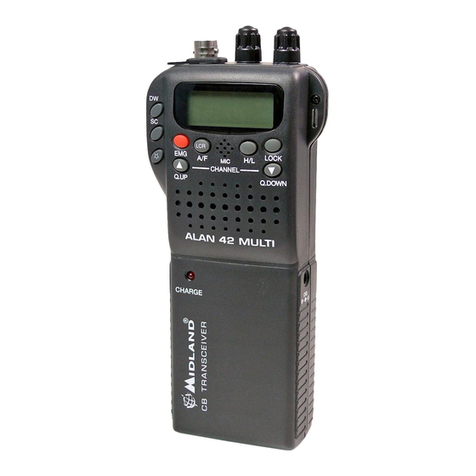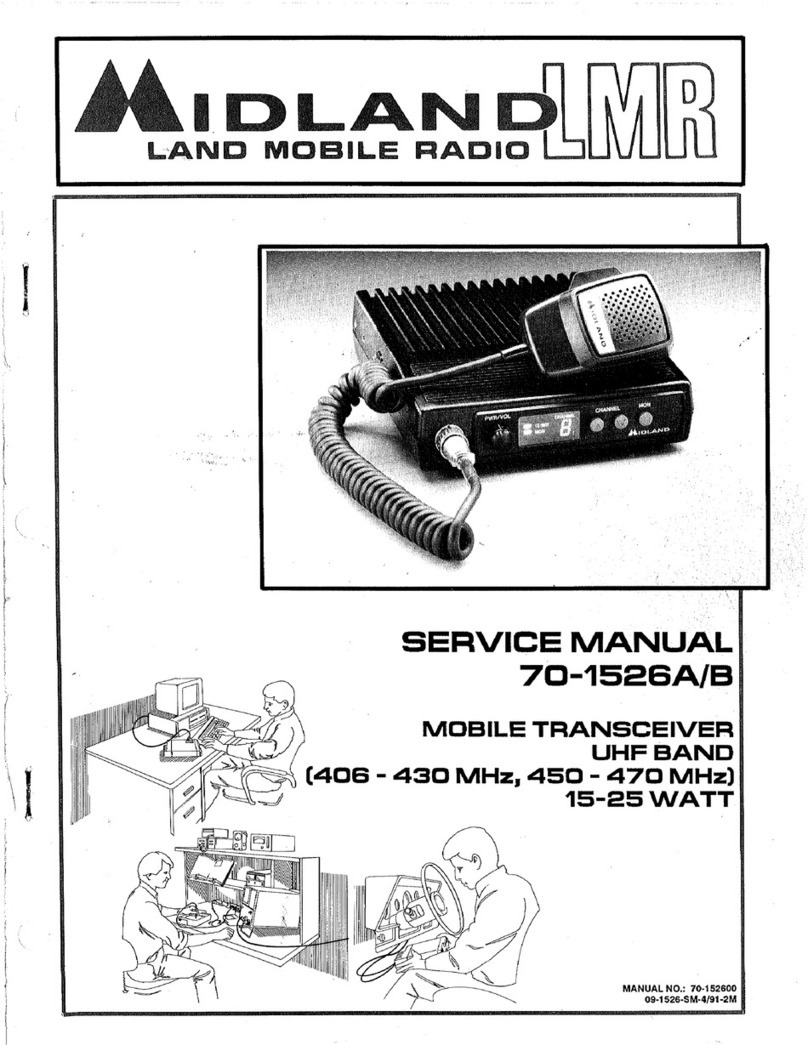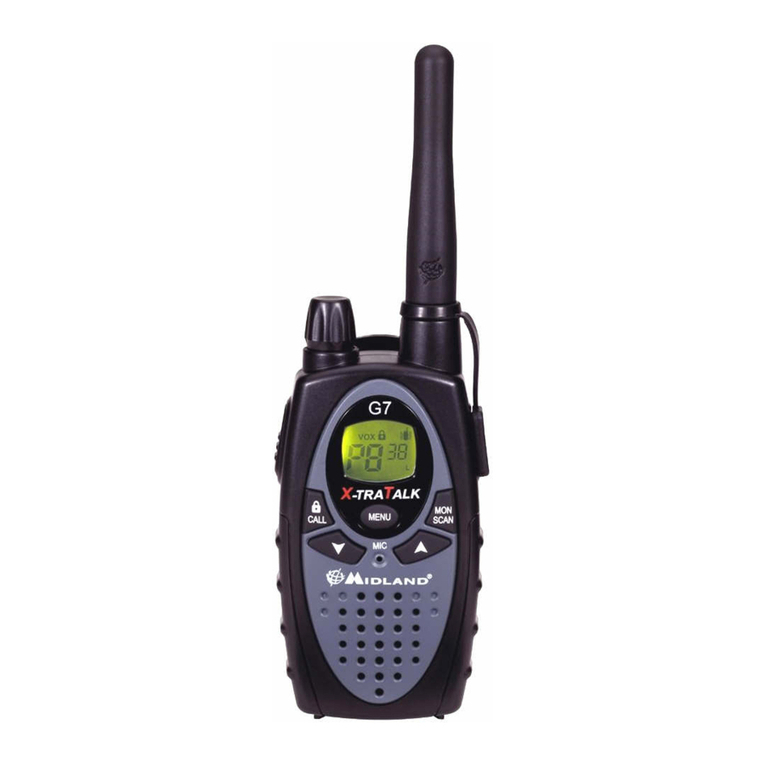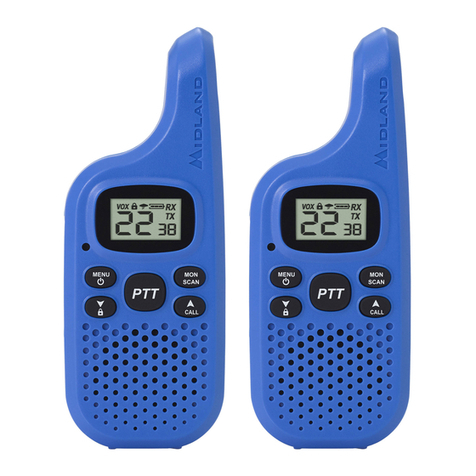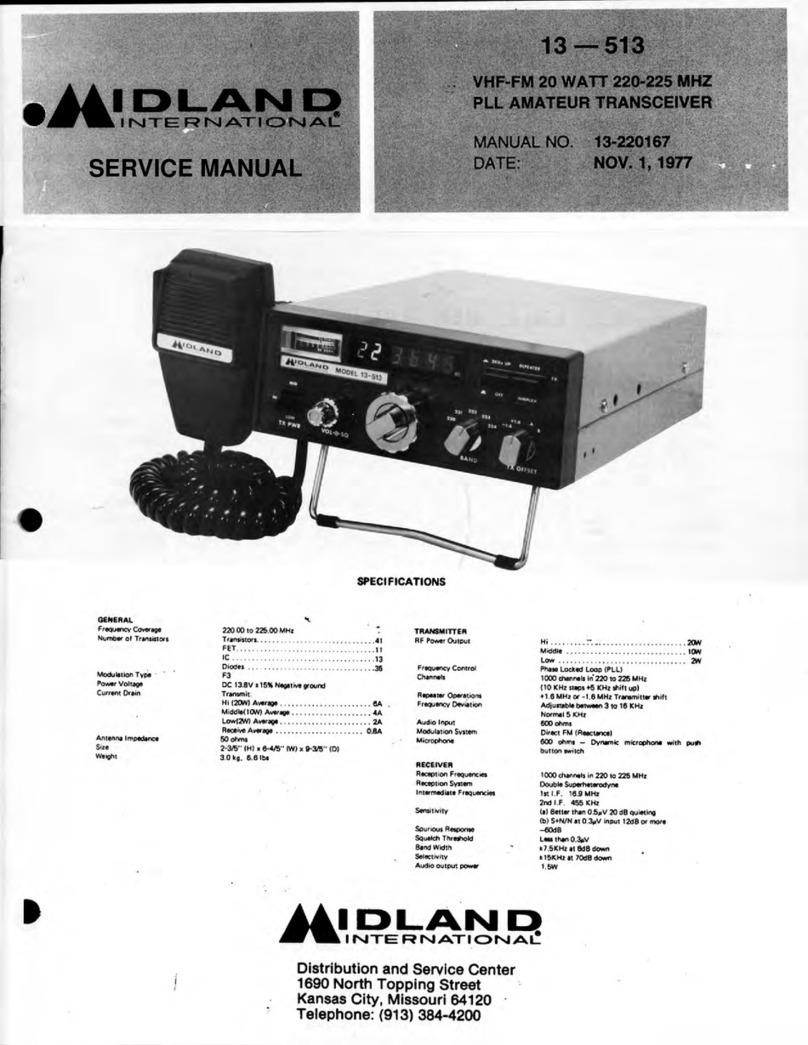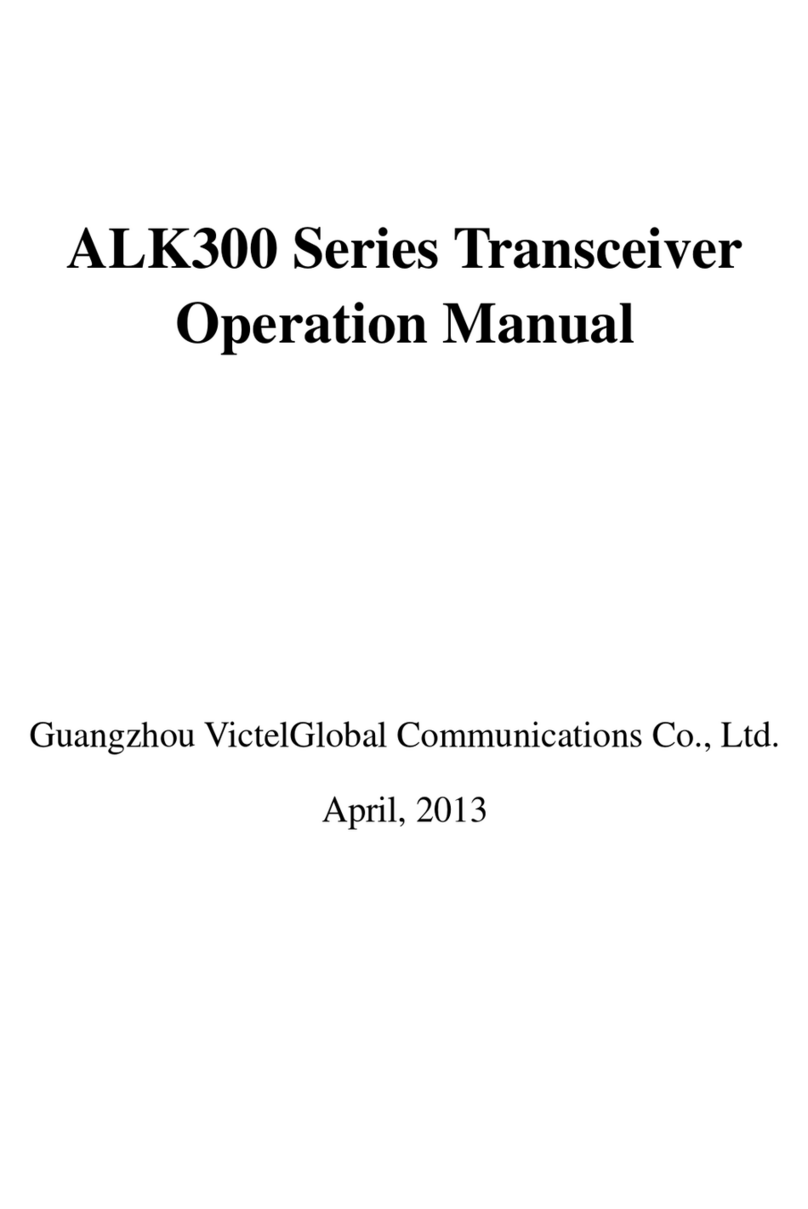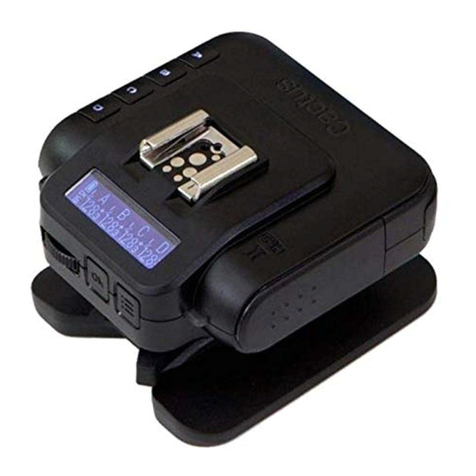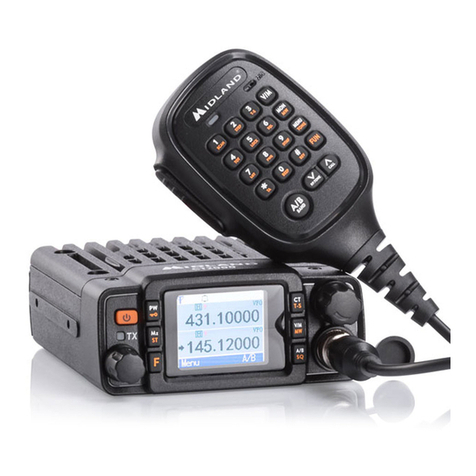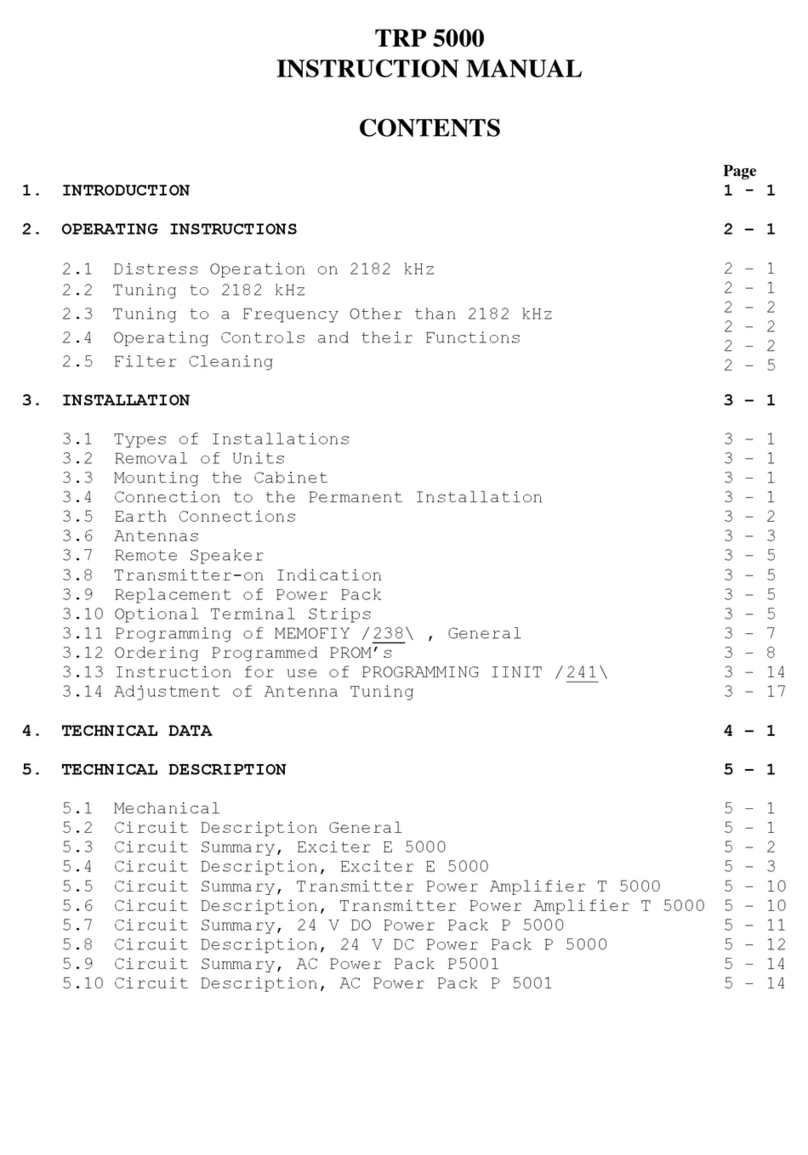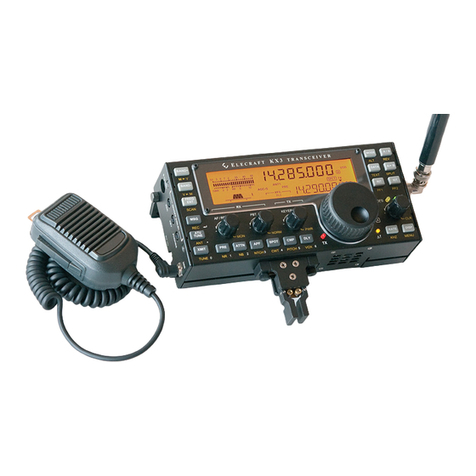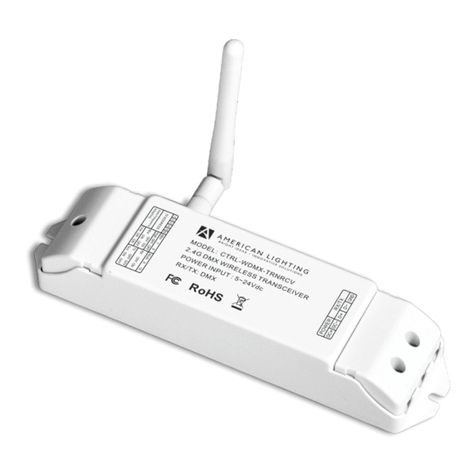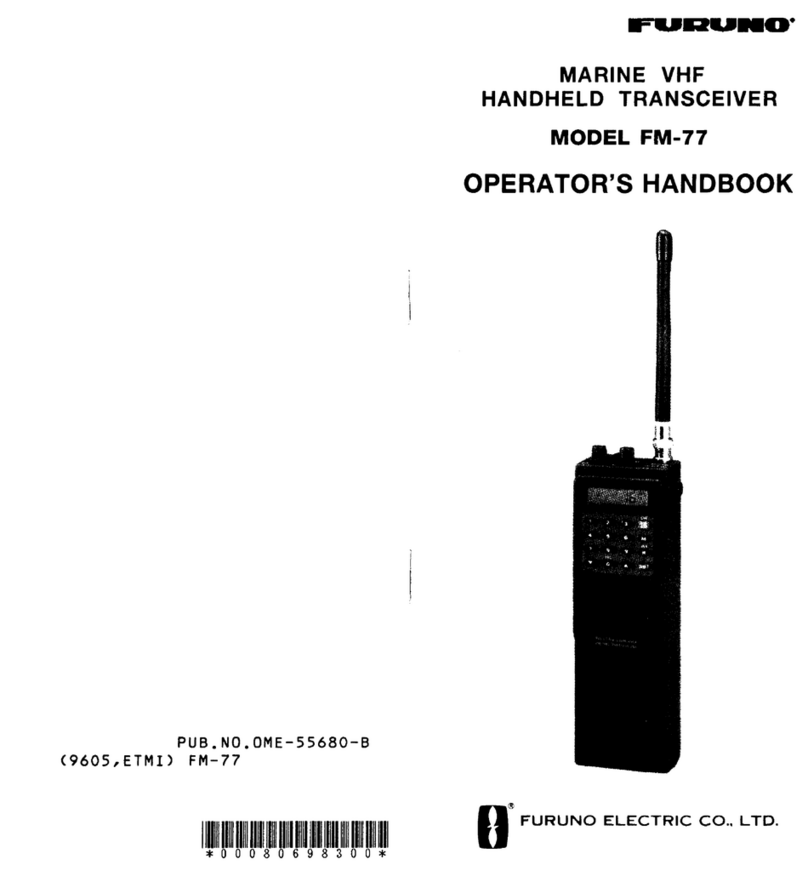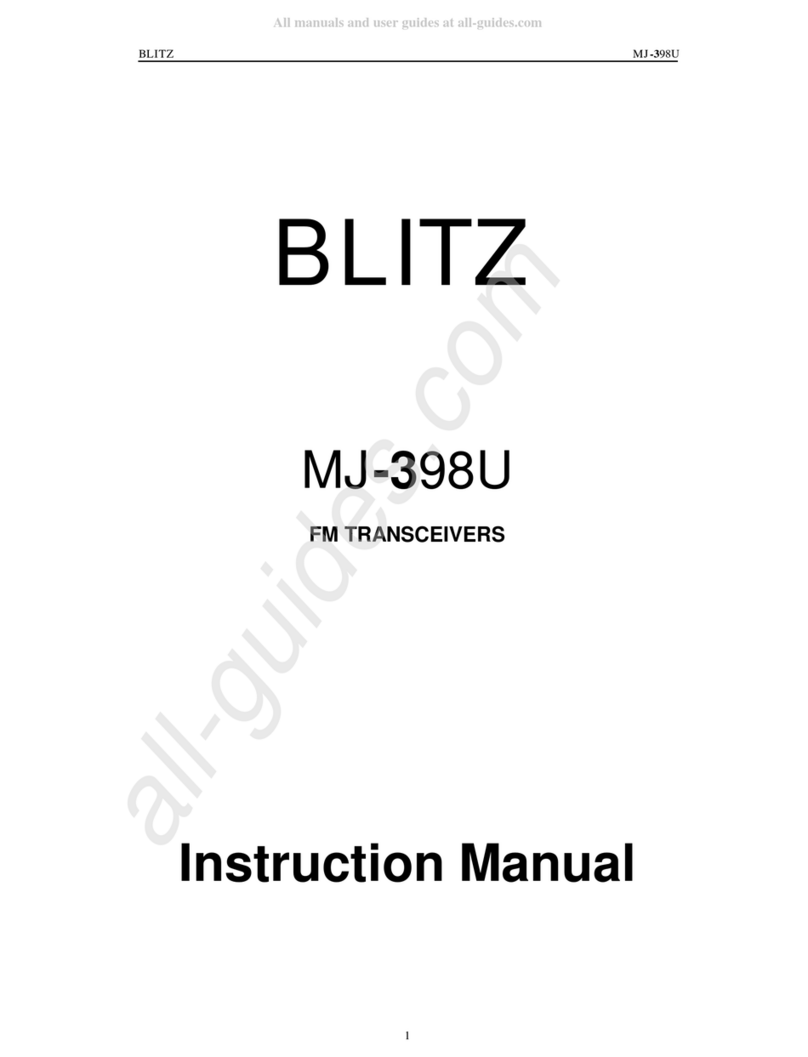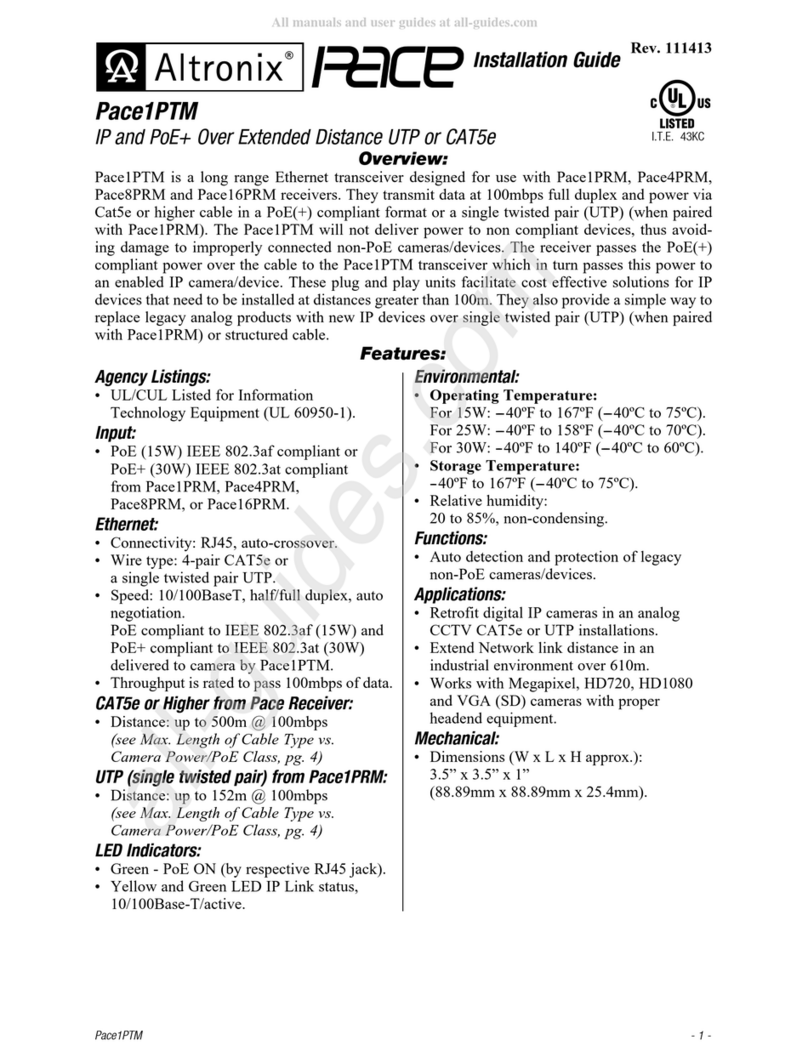Base Camp 446
TECHNICAL DESCRIPTION
Page 2
limit maximum deviation to +/- 2.5KHz and a three-pole low pass or splatter
filter at 2.8KHz (IC103 A,D). The low pass filter insures that the occupied
bandwidth of the FM modulated signal meets FCC requirements under all
input conditions.
D). RECEIVER CIRCUITS
The received signal from the antenna is band limited to 600MHz by the
transmitter harmonic filter. The desired signal is fed to a low noise amplifier
(LNA – Q401) centered from 430MHz to 450MHz that provides approximately
10 dB of gain. The output of the LNA is filtered with a Band Pass filter (SF1)
with pass-band of 433MHz to 447MHz and stop band attenuation of 50 dB.
The filtered receive signal is one input to the 1st mixer (Q402), the other mixer
input (1st LO) is the output of the VCO at the desired channel frequency minus
21.4MHz. The output of the mixer is tuned to the 1st IF of 21.4MHz.
The 1st IF is transformer coupled for impedance matching to a X-tal filter
centered at 21.4MHz with a bandwidth of +/-3.75Hz. The filtered 1st IF is fed
to the 2nd mixer input of the multi-function receiver IC5. The 2nd LO (20.95
MHz) is generated by VCXO that is the reference frequency for the PLL. The
2nd mixer output of 450KHz is filtered through a 4 section ceramic filter that in
combination with the 21.4MHz X-tal filter provides approximately 50 dB of
adjacent channel attenuation. The 450KHz 2nd IF is then amplified, limited
and fed to a quadrature detector for FM demodulation. The resulting audio
output signal is band pass filtered from 300Hz to 3KHz (IC103 C,D,A) and
amplified to provide 300mW of audio power (IC402, 404). A squelch circuit is
provided to mute the receiver noise under low signal conditions. The squelch
circuit amplifies and detects noise in a narrow bandwidth at approximately 5
KHz. When the detected noise exceeds a threshold set to trigger at
approximately 9dB SINAD receive signal strength, the audio output is muted.
E). TRANSMIT/RECEIVE SWITCH
When the radio is in the transmit mode, pin diode switches D3, 202 and
D201 are both turned on (representing less than 0.7ohms). D3 and D202
allows the transmit signal to pass to the antenna and D201 shorts one leg of a
T matching network (L03, L204 and C207) to ground in the receive path. This
results in a parallel tuned circuit high impedance being presented to the
transmit signal so that the receive path does not load the transmit signal. In
the receive mode, both D3,202 and D201 are off, resulting in the antenna
signal being coupled into the receive LNA through the 50 ohm T matching
network and the unwanted load of the transmit final amplifier is reduced to
less than 1pF by D201.
F). RADIO CONTROL CIRCUIT
A microprocessor (CPU1,2) is used to control the transceiver. User stimuli is
provided through a tack switch for PTT (push to talk), along with the keypad


